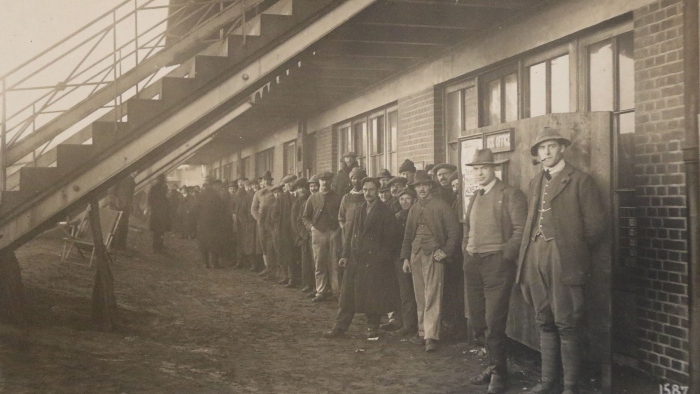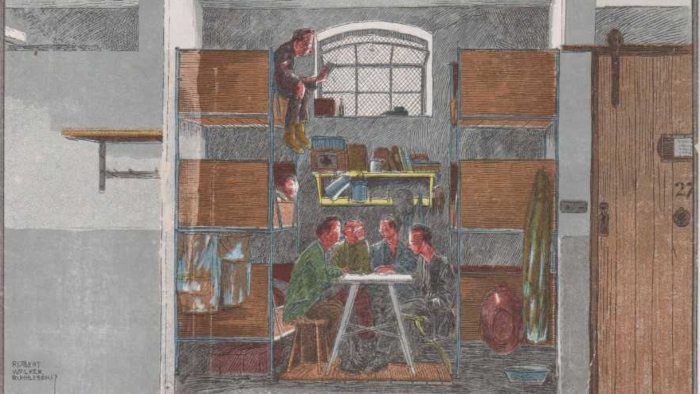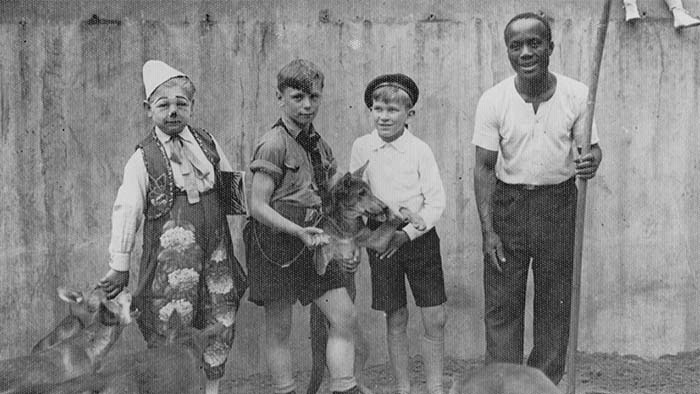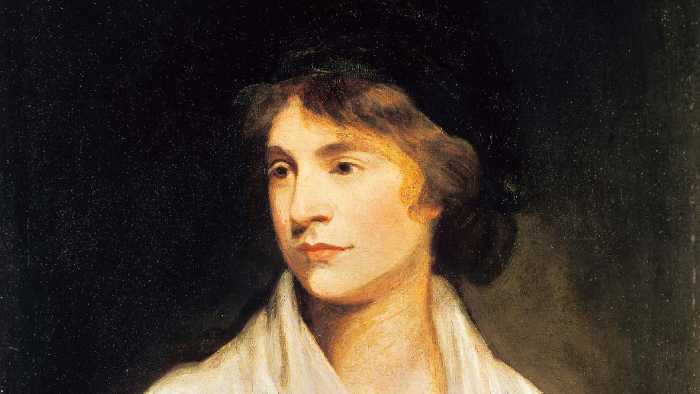About this project
Explore the people and organisations behind this research, and find related publications by the research team.
Research team
Professor Matthew StibbeResearch areas
Humanities Research CentreRelated courses
Our teaching is informed by research. Browse undergraduate and postgraduate courses with links to this research project, topic or team.
Get in touch
Find key contacts for enquiries about funding, partnerships, collaborations and doctoral degrees.
What WW1 civilian internment can teach us about today
Professor of Modern European History


Staff
About this project
Explore the people and organisations behind this research, and find related publications by the research team.
Research team
Professor Matthew StibbeResearch areas
Humanities Research CentreRelated courses
Our teaching is informed by research. Browse undergraduate and postgraduate courses with links to this research project, topic or team.
Get in touch
Find key contacts for enquiries about funding, partnerships, collaborations and doctoral degrees.




